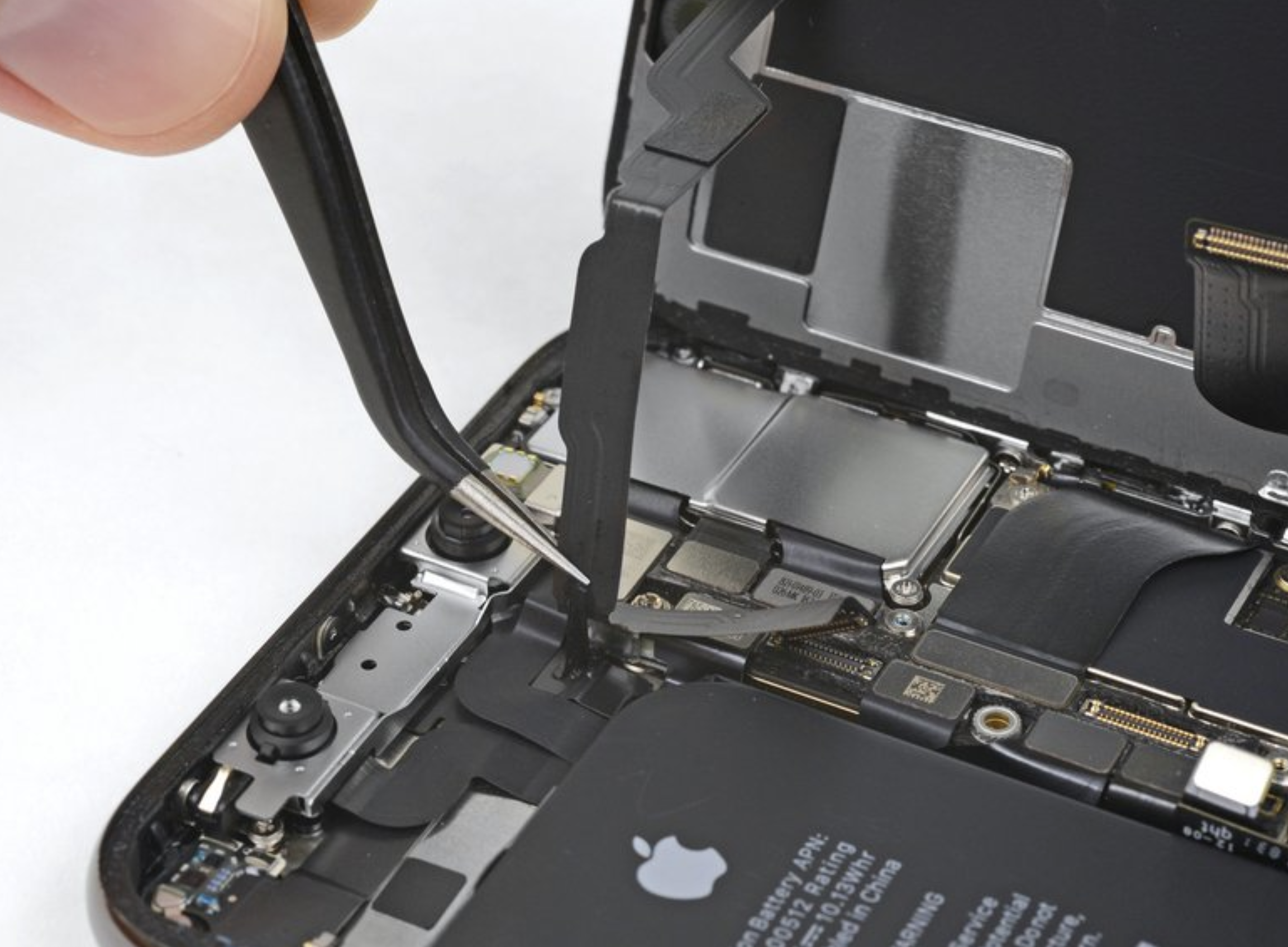Apple Tells Congress You’ll Hurt Yourself if You Try to Fix Your iPhone

Credit to Author: Matthew Gault| Date: Wed, 20 Nov 2019 19:22:09 +0000
In July, Congress pressed Apple on its repair policies, which Motherboard and others have repeatedly shown to be anticompetitive and anticonsumer.
Tuesday, Kyle Andeer, Apple’s Vice President of Corporate Law, answered those questions. In its testimony, Apple repeatedly denied accusations it was making it hard for people to repair their own phones and protecting a virtual repair monopoly. But its answers often didn’t align with reality.
Apple’s primary arguments were that iPhones are too technical for the average person to repair without special training, that doing such repairs could be dangerous, and that it costs Apple more money to do repairs than they charge. It’s the first time Apple has ever gone on the record about its repair policies at length.
“Repairs that do not properly replace screws or cowlings might leave behind loose parts that could damage a component such as the battery, causing overheating or resulting in injury,” Apple said when asked why it stops third party repair stores from receiving official parts and information. “For these reasons, we believe it is important for repair shops to receive proper training when obtaining access to spare parts and repair manuals.”
Safety obviously isn’t Apple’s primary concern. If it were, it’d provide easy access to training and manuals it claims would prevent injury.
“Apple’s argument is absurd,” Nathan Proctor, Director of the Campaign for the Right to Repair at US PIRG, told Motherboard in an email. “In defending their decision not to make spare parts or service information available, the company claims that certain parts and information are necessary for a reliable repair. It’s a totally circular argument. Apple wants their customers, and the federal government, to accept the notion that while a repair monopoly exists, it’s a beneficial monopoly, made for our good.”
The threat of the exploding battery is also overblown.
“Apple is hanging their hat on their perceived need to protect consumers from their own batteries,” Gay Gordon-Byrne, executive director of trade orgnaization Repair.org, said. “Which seems odd since they could design batteries to be easily removed by a 5th grader and the world would be better for it. We've replaced hundreds of batteries and screens for legislators while they watch…these repairs aren't rocket science.”
Apple also seemed incapable of answering basic questions about the repair market it insists it must tightly control. When the Congressional committee asked Apple how many technicians it had, it claimed there were tens of thousands. When the Committee asked how much revenue Apple generated from repairs, Apple claimed that “For each year since 2009, the costs of providing repair services has exceeded the revenue generated by repairs.”
The idea that Apple is losing money on repair is wild, and a curse of its own making. The answer by Apple seems vague on purpose. Throughout the years, Apple has had to offer many “service programs” for defective products. Most notably, Apple has had to replace a large number of MacBook and MacBook Pro devices for free because it designed an unrepairable keyboard that breaks easily and with normal use. Rather than replacing a few keys on those devices, Apple has to replace half of the computer. If Apple is including warranty repairs and service program repairs in addition to standard retail repairs, well, then, it is quite simply misleading the public and Congress.
“There are thousands, if not tens of thousands of small repair businesses that make a living repairing phones and do so without having access to low cost parts or tools. I smell farce,” Gordon-Byrne said.
After its initial release, Apple charged $549 to repair the back glass of the iPhone X. Repairing an iPhone 11 screen costs $199 unless the customer is a member of Apple Care—a subscription service for repairs. That drives the cost down to $29, but only after the customer has paid $199 up front and $9.99 a month. “Shockingly, Apple claims to lose money on repairs, which is startling because they charge more than third parties, who turn a profit,” Proctor said.
The House also asked Apple if it took actions to block consumers from seeking repairs outside of its ecosystem. Apple claimed it didn’t. “Customers are free to obtain repairs from any shop of their choice,” it said.
That’s provably false.
“Throughout their responses to the committee, Apple dodged and weaved to avoid stating the obvious truth: they systematically inhibit repair of their products by their customers and independent repair shops,” Kyle Wiens, CEO of iFixit, told Motherboard in an email. “But they overstepped in their answer to question 19. Apple has engaged in a systematic, provable effort to censor information about repair alternatives.”
Apple has twice pushed out iOS updates that killed the touch functionality of screens repaired by third parties. People who had broken their screens and either repaired themselves or had them repaired by a non-Apple associated store, woke up after an iOS update to find their touch screens didn’t work. The problem was bad enough that some stores stopped working on iPhones. Other issued refunds to affected customers. On the iPhone 11 and 11 Pro, a pop-up constantly tells the user their screen isn’t a verified replacement part.
Apple is fighting against a grassroots push that’s advocating for the right-to-repair. Democratic Presidential candidates Bernie Sanders and Elizabeth Warren have both called for national right-to-repair laws. Right-to-repair laws are being considered in twenty states, with Massachusetts leading the charge. “They should just let us fix our stuff, and provide parts, service information and diagnostic software to everyone,” Proctor said.
This article originally appeared on VICE US.